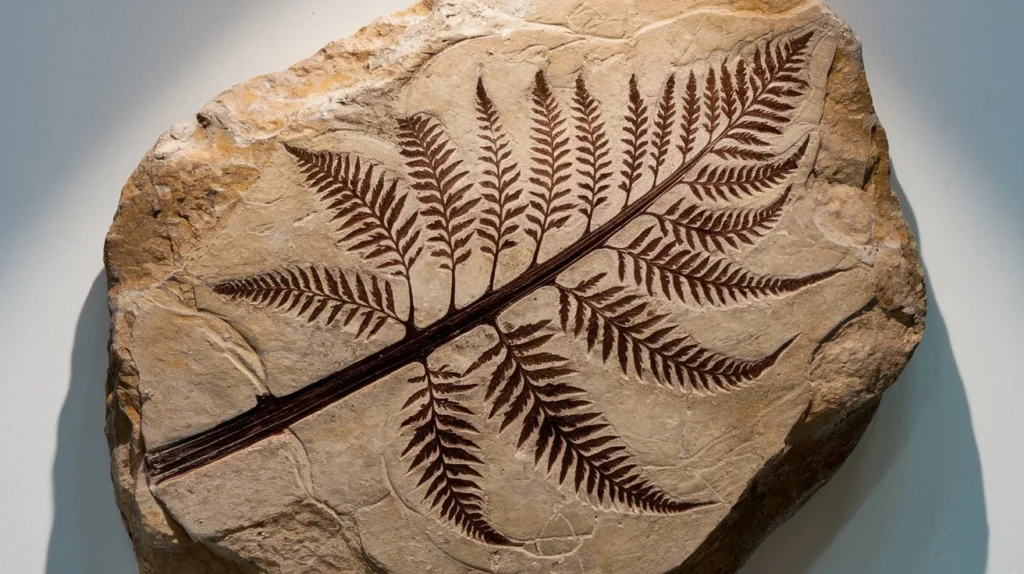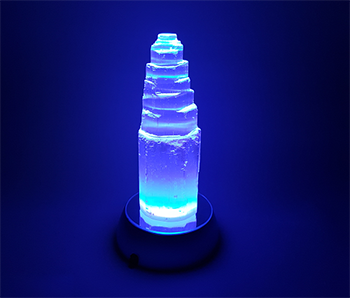Nature is full of wonders, and few are as awe-inspiring as fulgurite. This rare and unique formation, often referred to as “petrified lightning,” is a natural glass created when lightning strikes the ground. Beyond its scientific significance, fulgurite holds a mystical allure for collectors, geologists, and even spiritual practitioners. Let’s dive into the captivating world of fulgurite and explore why it’s a must-have for any fossil enthusiast.
What Is Fulgurite?
Fulgurite is a natural glass tube or crust formed when lightning strikes a surface such as sand, rock, or soil. The extreme heat from the lightning up to 30,000 Kelvin melts the material it touches, creating a hollow, glassy structure. These formations often resemble root-like tubes and come in various shapes and sizes, depending on the type of material and the intensity of the strike.
How Is Fulgurite Formed?
The formation of fulgurite begins with a bolt of lightning hitting the earth. This lightning discharge releases immense energy, heating the ground materials almost instantaneously. The intense heat fuses the particles together, creating a unique, glassy structure as the materials cool rapidly.
Fulgurite is most commonly found in sandy areas where quartz-rich sand can melt and fuse. However, it can also form in soil, rock, and other mineral-rich environments.
Types of Fulgurite
Fulgurite can vary depending on the material it forms in. The most common types include:
-
Sand Fulgurite
Found in deserts or beaches, it often has a tubular shape and light, sandy color.
-
Rock Fulgurite
Formed on rocky surfaces, this type is denser and darker in appearance.
Soil Fulgurite
Found in clay or mineral-rich soils, it often has a less glassy and more brittle texture.
Why Is Fulgurite So Special?
Fulgurite is prized for its scientific and spiritual significance. Here’s why:
- Scientific Value
Fulgurite provides valuable insights into the natural power of lightning and the geological conditions of its formation. Its study helps scientists understand high-temperature, high-energy geological processes. - Collectible Appeal
Fulgurite’s rarity and unique appearance make it a sought-after item among fossil and mineral collectors. No two pieces are alike, adding to its intrigue and value. - Spiritual Significance
In metaphysical circles, fulgurite is considered a powerful tool for transformation and spiritual growth. Many believe it captures the energy of the lightning bolt, making it a conduit for grounding and manifestation practices.

Why Is Fulgurite So Special?
Fulgurite is prized for its scientific and spiritual significance. Here’s why:
- Scientific Value
Fulgurite provides valuable insights into the natural power of lightning and the geological conditions of its formation. Its study helps scientists understand high-temperature, high-energy geological processes. - Collectible Appeal
Fulgurite’s rarity and unique appearance make it a sought-after item among fossil and mineral collectors. No two pieces are alike, adding to its intrigue and value. - Spiritual Significance
In metaphysical circles, fulgurite is considered a powerful tool for transformation and spiritual growth. Many believe it captures the energy of the lightning bolt, making it a conduit for grounding and manifestation practices.
How to Identify Authentic Fulgurite
If you’re looking to add fulgurite to your collection, authenticity is key. Here’s how to spot real fulgurite:
- Texture: Genuine fulgurite has a rough, glassy outer layer with hollow interiors.
- Color: It often reflects the natural material it formed in, ranging from sandy beige to dark brown or black.
- Shape: Look for tubular or root-like formations, characteristic of fulgurite.
Caring for Your Fulgurite
Fulgurite is delicate and requires careful handling. To preserve its natural beauty:
- Store it in a safe, cushioned display case.
- Avoid exposing it to moisture or excessive handling, which can cause it to degrade.
- Clean it gently with a soft brush if needed.
Where Can You Find Fulgurite?
Fulgurite is found in areas with frequent lightning activity and specific geological conditions. Popular locations include:
- Deserts with quartz-rich sands, like the Sahara.
- Coastal areas with sandy beaches.
- Rocky terrains prone to thunderstorms.
If searching in nature isn’t an option, many collectors and fossil enthusiasts turn to reputable sellers to purchase authentic fulgurite specimens.
Why Add Fulgurite to Your Collection?
Fulgurite is more than just a geological curiosity, it’s a testament to the raw power of nature. Its unique formation process, captivating appearance, and rarity make it a standout piece in any fossil or mineral collection.
Conclusion
Fulgurite is a remarkable natural artifact that bridges science, art, and spirituality. Whether you’re a seasoned fossils collector or just starting your journey, adding fulgurite to your collection is a way to connect with the extraordinary forces of nature.






